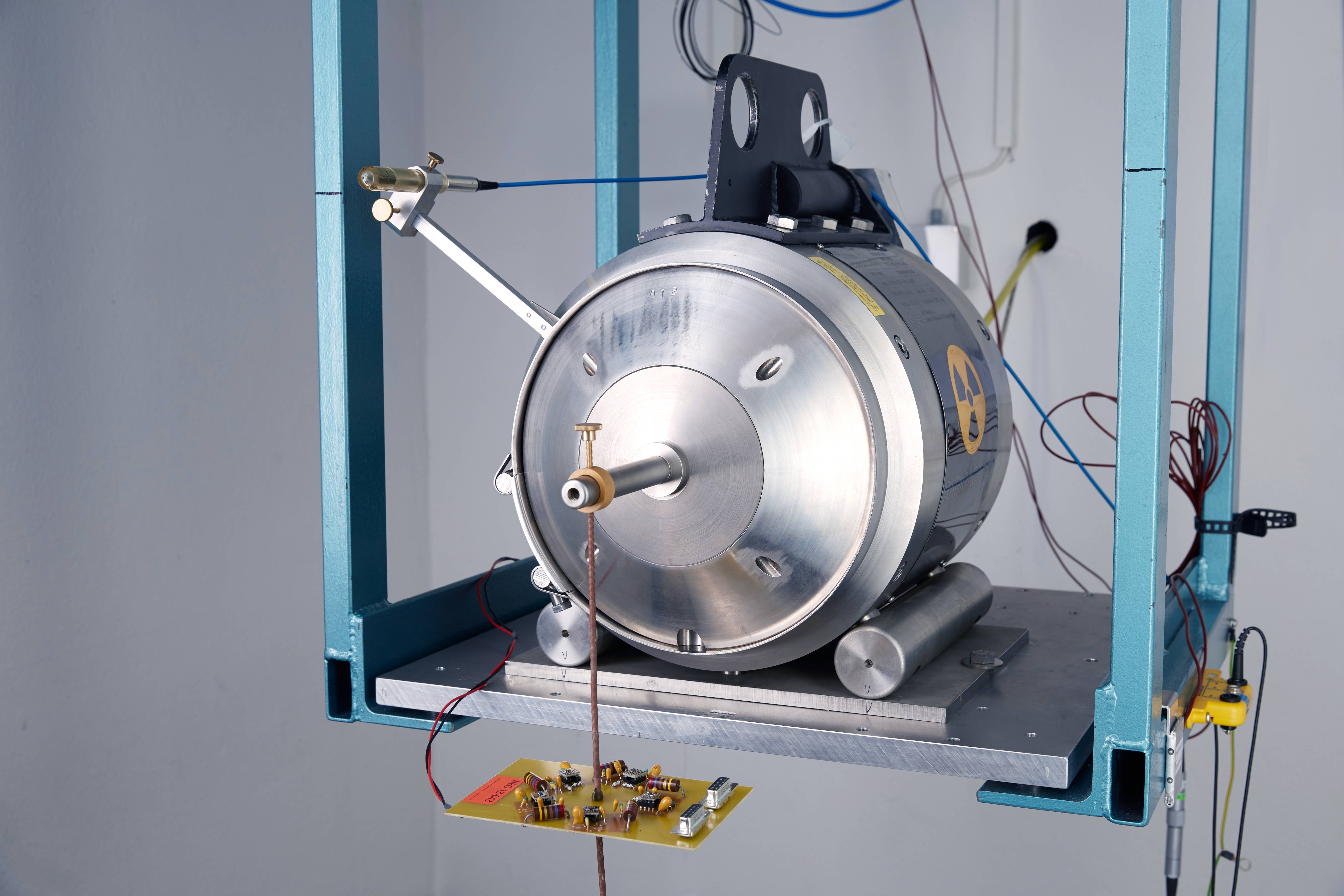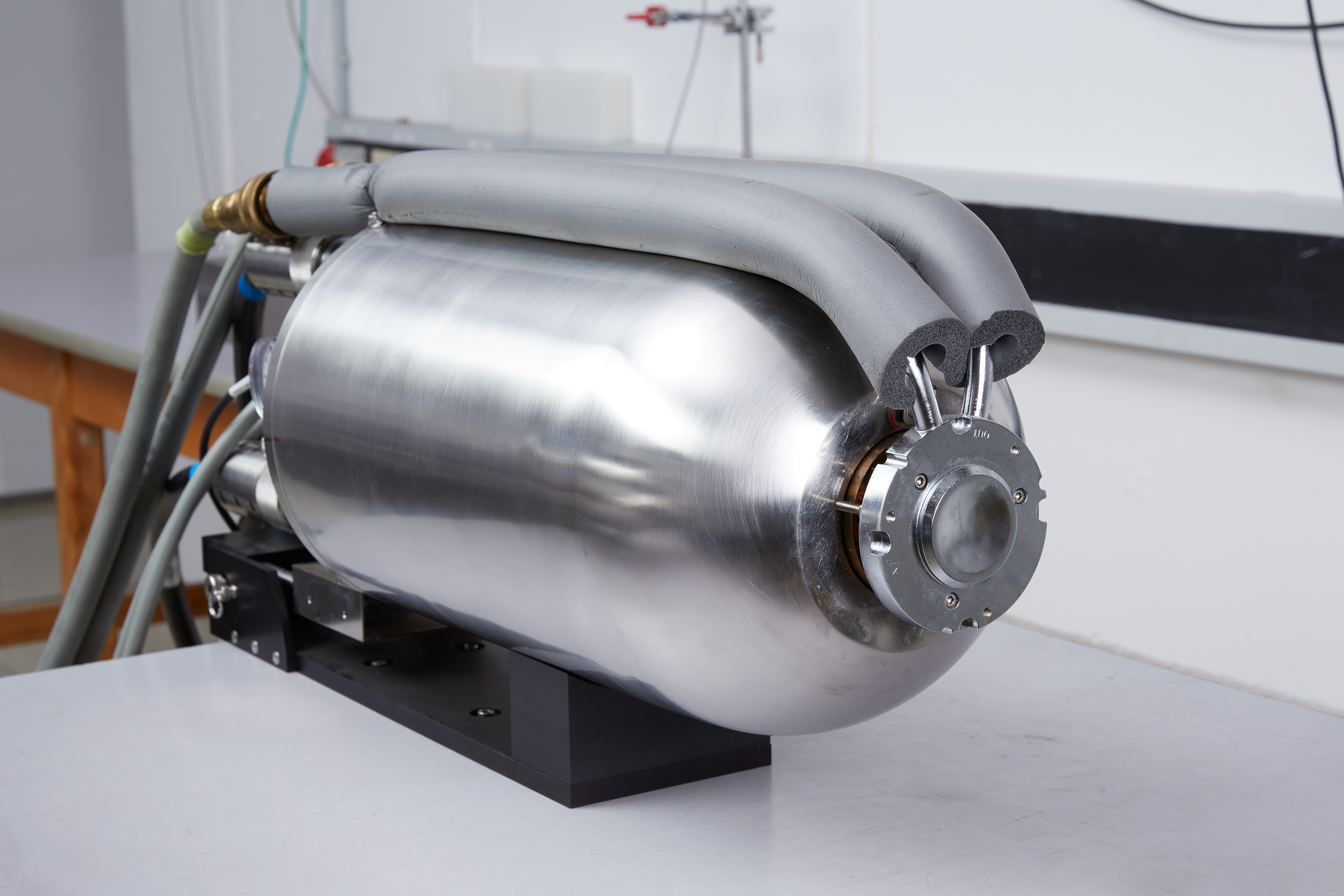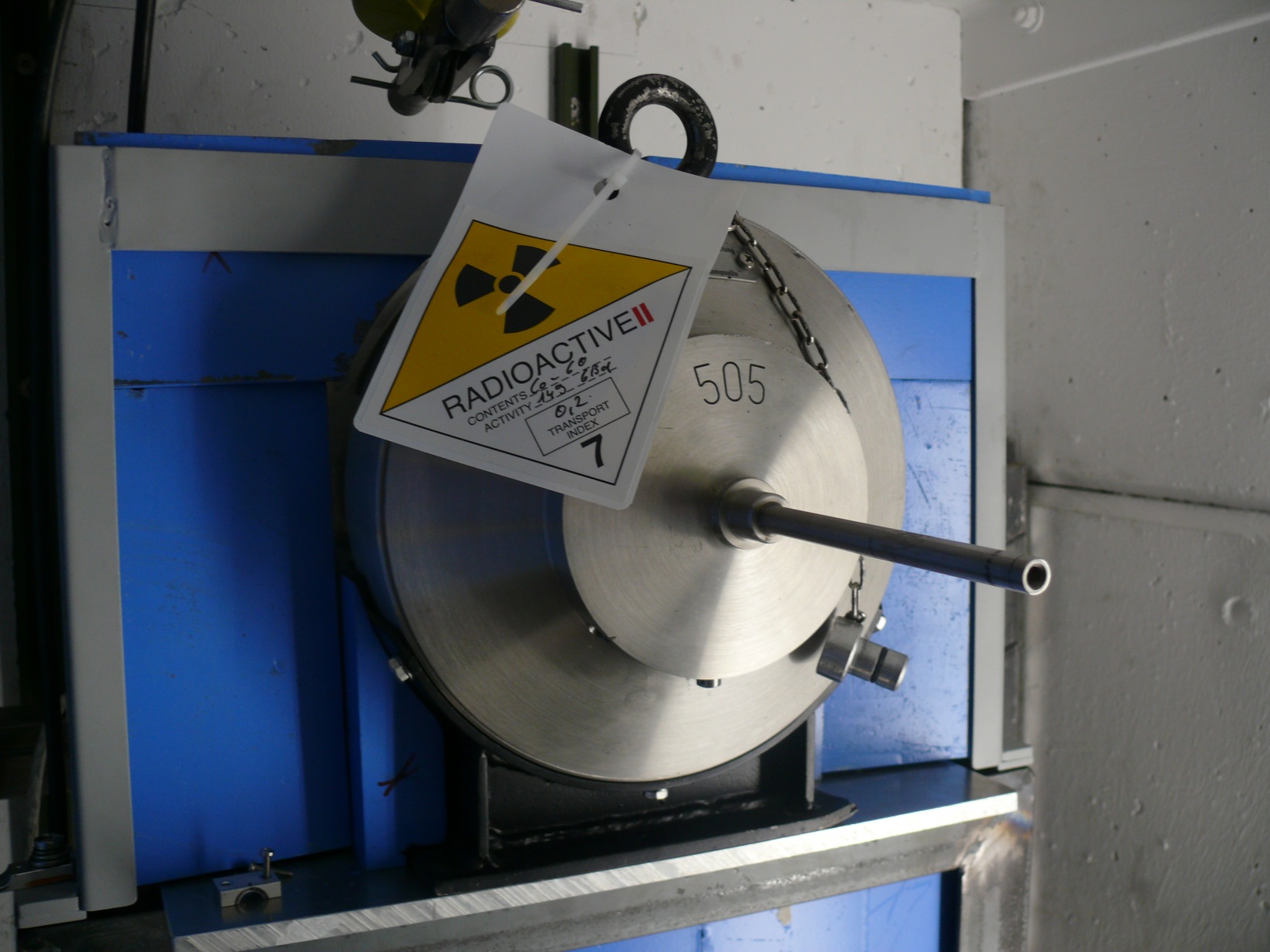RACOCO: Radiation characterization and functional verification of COTS components for space applications
The European Space Agency (ESA) has awarded a contract to the business unit NEO (Nuclear effects in electronics and optics) at the Fraunhofer Institute for Technological Trend Analysis INT a contract to characterize the radiation response of commercial of the shelf (COTS) components. Aim is the development of cost-efficient test procedures.
Currently used standards to qualify high-reliability (HiRel) components shall be extended and enable the application of mass-produced electronic components in space. HiRel parts are usually qualified according to MIL-S-19500 or ECSS-Q-ST 60. For that qualification manufacturers have to document the full production process and guaranty their unchanged implementation. Those qualified production lines will mostly only be used for HiRel parts leading to a substantially technology gap in comparison to COTS parts, because of the high investments needed and difficulties in adopting new techniques. As a consequence, such components are only produced in relatively low numbers at high unit prices.
COTS components could be purchased faster and cheaper and all modern technologies are available. In the course of the project RACOCO those components shall be made available for space applications. As a first step a list of suitable components will be compiled reflecting the needs of users or agencies. Next those parts will be tested with respect to their radiation sensitivity using methods to get to significant results efficiently omitting any unnecessary costs. In the end the radiation requirements in orbit will be the same for those parts as for HiRel components.
Exemplary questions that will be addressed during this project are:
- Can we achieve reliably radiation results with cheaper and faster test methods?
- Are there methods to exploit “early-warning-signs” for high radiation sensitivity to stop unnecessary campaigns as early as possibly or completely avoid them?
- What is the benefit of testing board level designs if the indivual components sensitivity os not known?
 Fraunhofer Institute for Technological Trend Analysis INT
Fraunhofer Institute for Technological Trend Analysis INT

